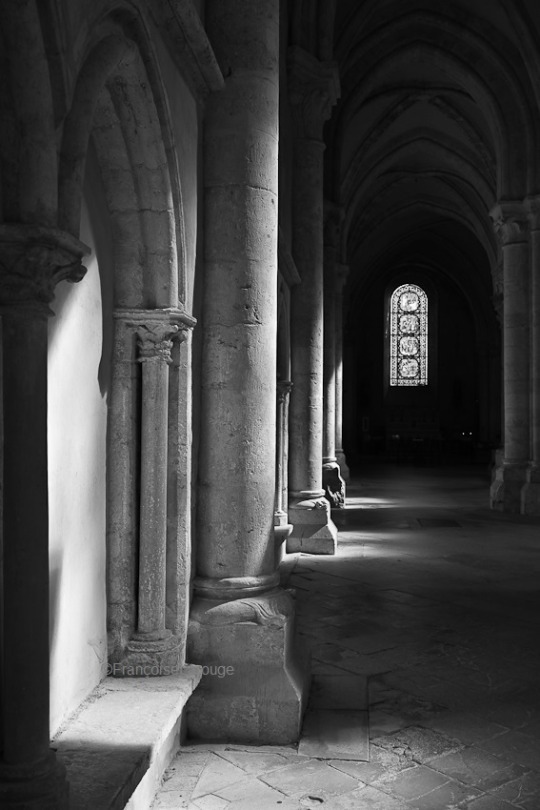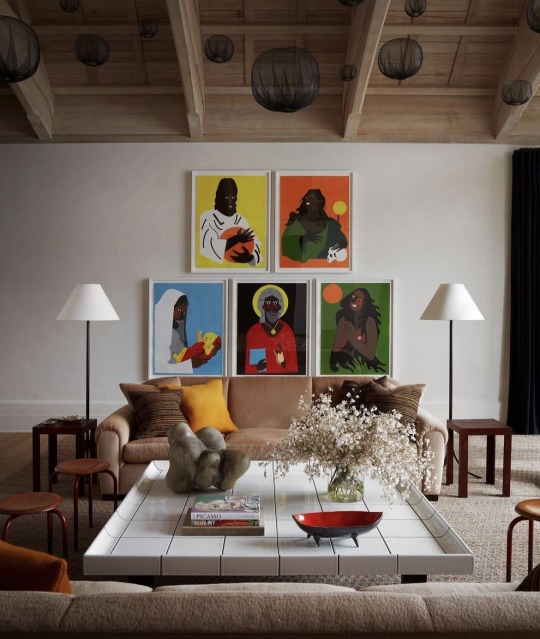#intérieurs
Text
Pour être heureux, il
faut apprendre à cohabiter avec
son côté sombre et les démons
qui s’y cachent…
V. H. SCORP
139 notes
·
View notes
Text

INTÉRIEURS
www.interieursmerveilleux.tumblr.com
#home & lifestyle#interiors#fauteuil#interiorinspiration#intérieurs#interieur#immeuble#interiordesign#cuisine#house#residence#apartment#maison#villa#salle de bain#home#kitchen#homedecor
21 notes
·
View notes
Quote
Les intérieurs d'or, d'azur, de cramoisi et de céladon vibrent et s'anamorphosent dans les irrégularités de la transparence.
Olivier Py (Les Parisiens)
#quote#quotation#citation#quotes#livre#book#book lover#bibliophile#book therapy#book addict#book community#book worm#goodreads#olivier py#les parisiens#transparence#irrégularités#intérieurs
0 notes
Text

Zürich by Mario. H. ”Hommage au dernier luthier”
#photographers on tumblr#black and white#my photos#noir et blanc#architecture#original photographers#fujix100v#intérieur#luthrie
239 notes
·
View notes
Text
Bonjour 🍀
Heureux week-end à vous tous 🌲
Have a nice weekend to all of you ☀️
Source : Facebook
#hiver#winter#inverno#invierno#neige#snow#schnee#nieve#nevicare#interieur#chaleureux#feu de cheminée#décoration intérieure
165 notes
·
View notes
Text

287 notes
·
View notes
Photo

Umberto Eco’s home library in Milan.
#bizarre au havre#library#books#photography#umberto eco#writer#home#interior#bibliothèque#livres#photographie#écrivain#maison#intérieur#milan
800 notes
·
View notes
Text

Photo par Jarek Lukaszewicz
73 notes
·
View notes
Text

Ombres et lumière à Provins©FrançoiseLarouge2024
#photographers on tumblr#black and white#noir et blanc#light and shadow#artists on tumblr#Intérieur jour#ombres et lumières#architecture#CollégialeSaintQuiriace#Provins#SaintQuiriace#Basilique#Pierres
45 notes
·
View notes
Text
Political gains & contents of the Concordat of 1801

Agreement between Napoleon Bonaparte and Pope Pius VII on 15 July 1801 in Paris.
Rome seems to have made immense sacrifices. The first advantage won by the First Consul was to seal, by the very act of signing an agreement, the recognition of the French Republic by the Holy See, and hence the rupture of the traditional alliance between Rome and the legitimate monarchies. It was a disastrous blow to French royalism in exile, for it freed the faithful in the interior from scruples about the regime of the Year VIII.
The second advantage was to confirm a church of salaried public servants, amenable to the State and having mainly sociological functions. Here we see a continuation of the Gallican tradition, but also of the thought of philosophes who had urged both the submission of the clergy to the State and its integration within it. The refusal to reestablish the religious orders meant also the rejection of any ecclesiastical life that might escape the authority of the bishops. Even the cathedral chapters were reduced to decorative functions.
Thirdly, no question was raised about the sale of the former Church properties, a matter of great importance for strengthening the prestige of Bonaparte in the eyes of the property-owning segments of French society.
Pius VII, for his part, failed to obtain the recognition of Catholicism as the state religion. He agreed to use his authority for what Consalvi called “the massacre of a whole episcopate,” by requiring the resignation of all French bishops, both constitutional and refractory, since Napoleon judged such a step to be indispensable for effacing all traces of the revolutionary schism. It is right to see in this operation an encouragement to ultramontanism, for it affirmed the powers of the Pope over the French Church. But it also encouraged a tendency in the French episcopate, that is, a whole ecclesiological movement for appeal to an ecumenical council in matters of discipline.
Among the numerous provisions of the Articles we may point out those that legalized all forms of worship in France, and those that strictly subordinated the lower clergy to the bishops (“prefects in violet robes”): only a fifth of the parish priests received the title of curé, and with it secure tenure; all others became simple desservants of succursales, that is assistant pastors.
This is what the Church got out of the deal:
What then did the Pope gain in this Concordat, “more likely to raise difficulties than to solve them” (Bernard Plongeron). Maintenance of the unity of the Roman Church, which a consolidation of the schism in France might have ruined forever; recognition of canonical investiture, which allowed the Pope to overcome the zelanti among the cardinals who opposed the Concordat but favored a reinforcement of spiritual authority; and resumption of regular pastoral life in France, where the new administrative and social status of the priest encouraged a growing number of ordinations, which reached several hundred by the end of the Empire.
Pius VII in any case remained attached to the results accomplished, a fact that deprived the small “shadow church” opposed to the Concordat of the possibility of resistance. His continuing attitude was shown later in his willingness to come to Paris for the Emperor’s coronation.
Source: Louis Bergeron, L'Episode napoléonien. Aspects, intérieurs: 1799-1815
English: France Under Napoleon, tr. R. R. Palmer
#Louis Bergeron#Bergeron#napoleon#napoleonic era#napoleonic#napoleon bonaparte#first french empire#french empire#L'Episode napoléonien. Aspects intérieurs: 1799-1815#France Under Napoleon#Napoleon’s reforms#reforms#Concordat#christianity#Christian#19th century#histriy#Catholic Church#Catholic#history#1800s#french revolution#Pope Pius VII#Pius VII#napoleonic reforms
29 notes
·
View notes
Photo




La cicatrice intérieure (The Inner Scar) | Philippe Garrel | 1972
Nico, Pierre Clémenti
118 notes
·
View notes
Text

INTÉRIEURS
www.interieursmerveilleux.tumblr.com
#home & lifestyle#interiors#fauteuil#house#cuisine#intérieurs#maison#casa#apartment#residence#villa#interiordecor#interiordesign#salle de bain#home#kitchen#homedecor
12 notes
·
View notes
Quote
Si tu pouvais voir
à l’intérieur de mon cœur, tu
constaterais que tu l’occupes
tout entier…
V. H. SCORP
126 notes
·
View notes
Text

“Croquis rapides de Charlotte l'autre jour” suite II
https://datura21.tumblr.com/post/712300356338679808/croquis-rapides-de-charlotte-lautre-jour
80 notes
·
View notes
Photo



La cicatrice intérieure (Philippe Garrel, 1972)
#La cicatrice intérieure#La cicatrice interieure#Philippe Garrel#Garrel#quote#1972#The inner scar#Nico#time#metaphor#prison#experimental film#experimental cinema
465 notes
·
View notes
Text
sinon mon médoc commence à faire vite fait effet dans le sens où je suis un peu défoncée mais où j’ai toujours l’impression qu’on creuse mon dos à la pelle en tapant bien fort et que mon corps n’est qu’un circuit électrique traversé de décharges en continu puis comme tous les autres bientôt il ne me fera plus rien dans le sens où je ne serai même pas un peu défoncée 👎👎👎👎
#aussi hier ma grand-mère m’a appelé et m’a dit de prendre du doliprane#je l’adore j’ai tellement ri intérieurement
10 notes
·
View notes